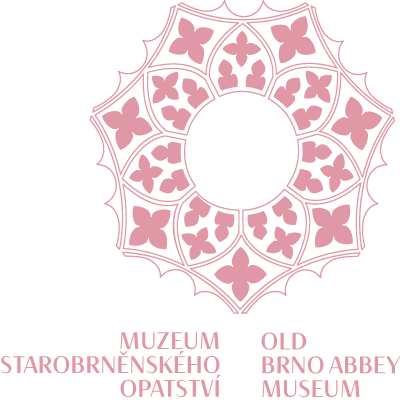St. Ambrose baptizing St. Augustine
Josef Tadeáš Rotter (1701–1763) | mid-18th century | oil on canvas, 80 × 102 cm
Not much is known about the painterly beginnings and training of the Opava-born Josef Tadeáš Rotter. The first possible activity with which his name can be linked is his assistance to Gregory Ignatius Eckstein (ca. 1689–1741) in painting the church in Cvilín near Krnov. The sources can only safely document his work in Brno, where he became a full burgher in 1734. His clients included aristocracy, bourgeois elites, officials and church dignitaries. His professional life was mainly associated with the Brno Capuchins and their Church of the Finding of the Holy Cross, the Augustinians of St. Thomas and the Cistercians in Old Brno, but he also accepted commissions outside Brno. Despite the fluctuating quality of Rotter’s work, he became a sought-after, respected painter who worked on altarpieces, religious and secular subjects, murals, frescoes, and portraiture. His presentation is dominated by a linear style, which lacks any attempt to express emotions, atmosphere or feelings through painterly means and borders on the decorative. He was also involved in the decoration of newly built and rebuilt monastery complexes From his hand came also the counterpart canvases with the theme St. Ambrose baptizing St. Augustine and Emperor Theodosius before St. Ambrose intended for the Augustinians in Brno. Rotter conceived of the Baptism of St Augustine as a night scene, which is set in an architectural framework that, however, limits rather than develops the entire composition by its rational conception. St. Augustine kneels on a raised platform and bows before St. Ambrose, from whom he receives the sacrament of baptism. St. Ambrose holds a St. James shell in his right hand and a biretta in his left. The mitre set aside to the right of the central couple, together with the figures behind St Ambrose’s back, mar the informality of this event, which took place on the night of the Easter Vigil, 25 April 387. The composition and representation of a key moment not only in Augustine’s life, but in the life of the whole of Christianity, as one of the Church Fathers entered the ranks of the Church at that moment, is conceived in accordance with the monastic regulations.

